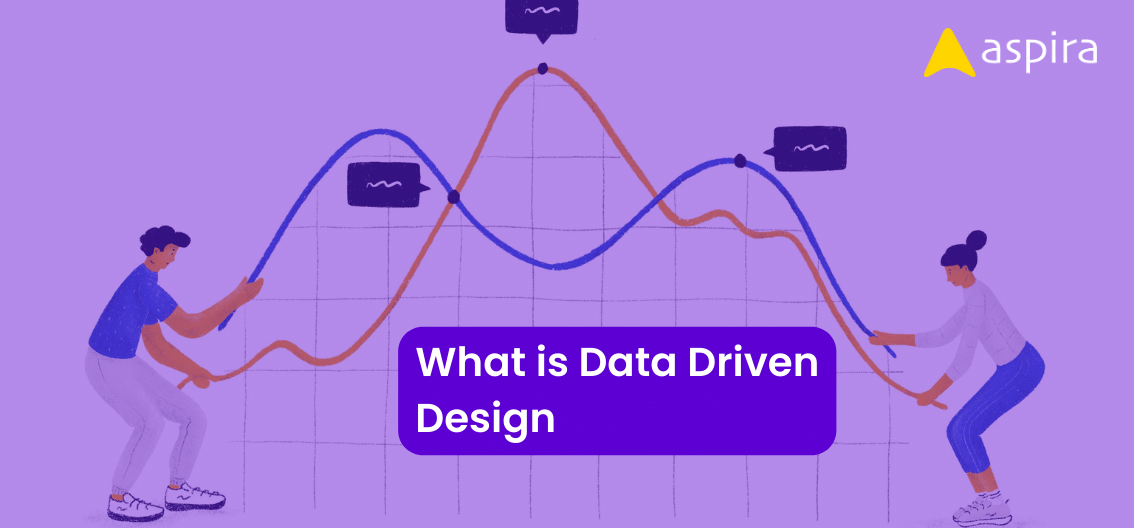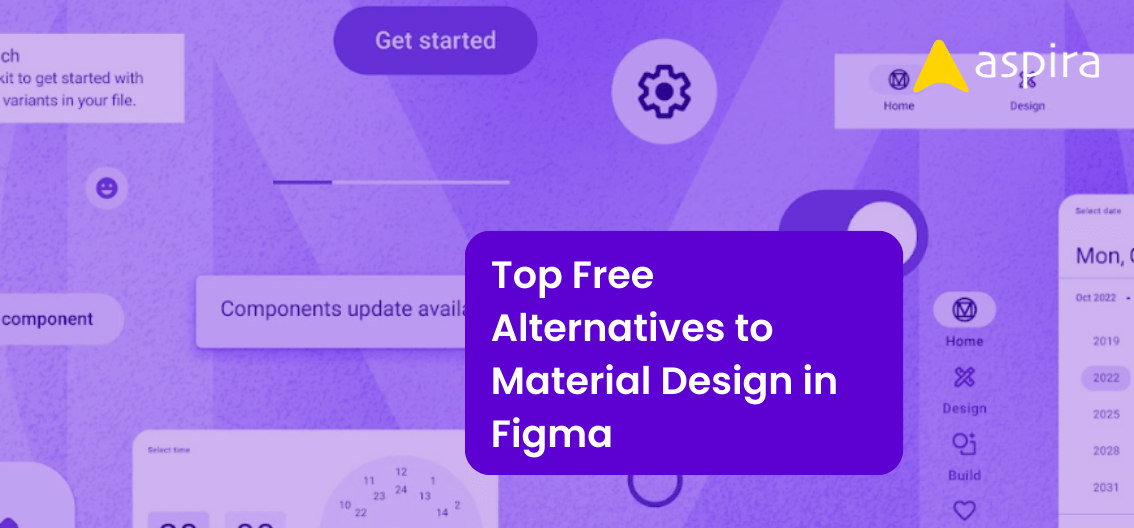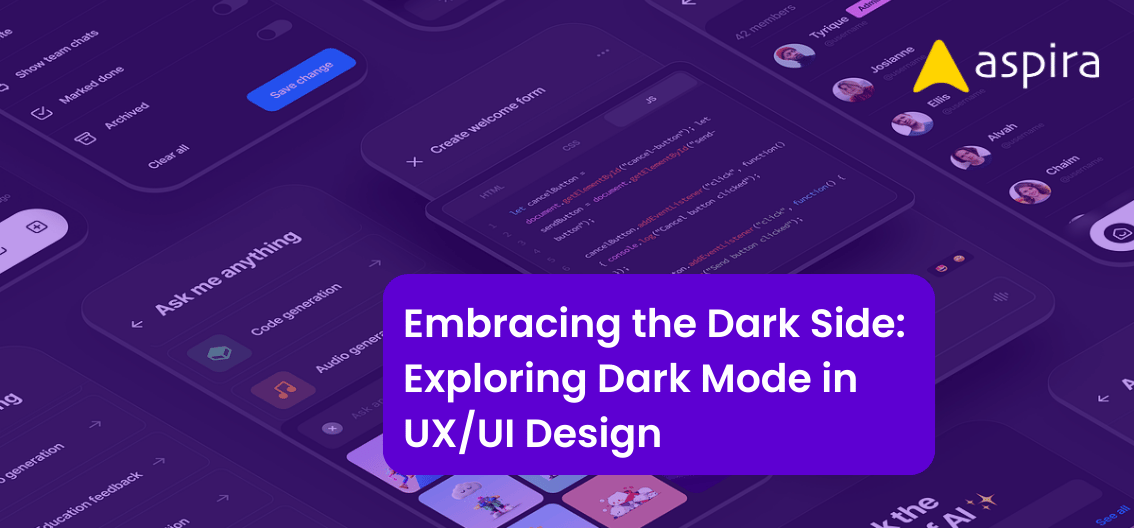UX Design - Mentor & Author.
12 Jun, 2024

In the world of design, intuition and creativity are crucial. But what if there was a way to combine those elements with cold, hard facts to guarantee your designs resonate with users? That’s the power of Data-Driven design (DDD). This article dives into what DDD is, why data is important, the two key data types, and how to communicate your data findings to win over stakeholders. So, buckle up and get ready to design like never before!
What is Data-Driven Design?
Data-Driven Design (DDD) is a design philosophy that uses data to inform every stage of the design process. Instead of relying solely on intuition or guesswork, DDD leverages both quantitative and qualitative data from user research to create user-centric solutions. This approach minimizes assumptions and leads to designs that are more targeted, relevant, and ultimately, successful.
Why Data Matters?
Design based on data is simply better design. Data provides concrete evidence of user needs, behaviors, and pain points. By understanding these aspects, you can design user experiences (UX) that address real problems and provide value to your target audience. This data-backed approach fosters trust with stakeholders and increases the likelihood of project success.
Types of Data: Quantitative and Qualitative
Data-Driven Design utilizes two main types of data:
- Quantitative Data: This is numerical data that can be measured and analyzed statistically. Examples include user clicks, time spent on a page, and conversion rates. Quantitative data helps you understand user behavior patterns and identify areas for improvement.
- Qualitative Data: This is non-numerical data that provides insights into user attitudes, feelings, and motivations. Examples include interview transcripts, user testing observations, and surveys with open-ended questions. Qualitative data helps you understand the “why” behind user behavior and build empathy with your audience.
How to Present Your Data to Win Stakeholders
Data is powerful, but only if it’s communicated effectively. Here are some tips for presenting your data to win over stakeholders:
- Focus on storytelling: Don’t just throw charts and graphs at your audience. Use data to tell a story about your users and how your design solutions will address their needs.
- Visualize your data: Use clear and concise visuals such as infographics and dashboards to make your data understandable and engaging.
- Highlight the impact: Quantify the potential impact of your design decisions based on the data. Show stakeholders how DDD can lead to better business outcomes.
Conclusion
Data-Driven Design is a powerful tool that can help you create successful and user-centric products. By incorporating data throughout the design process, you can gain a deeper understanding of users and make informed design decision. So ditch the guesswork and embrace the power of data.


